‘Taking ownership of our own stories is more crucial than ever’
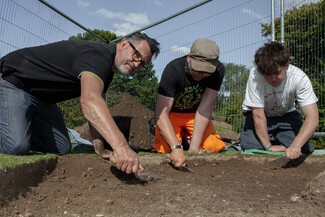
An archaeological dig – the first of its kind – is turning up historical artefacts from an old Romany compound at Thorney Hill, New Forest, Hampshire.
The dig is organised by Romani Community Archaeology, a new community interest company led by archaeologists Stuart Eve and John Henry Phillips - who is Romany himself and one of the presenters of the hit Channel 4 archaeology show The Great British Dig.
"This was the first time an archaeological excavation of a historic Romany site has ever been undertaken in Britain, which in itself is a statement that Romany heritage is as important as any other part of history,” says John Henry Phillips.
“It was equally important that the archaeology was carried out by Romany people, because taking ownership and direction of our own stories and the way Romany culture and heritage is shared is more crucial than ever.”
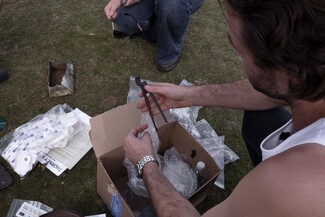
Thorney Hill is one of the seven compounds that the Romany Gypsies of the New Forest were forcibly settled into in the early 20th Century, after their way of life roaming the New Forest was brought to a halt by the authorities.
“Highlighting the story of the New Forest compounds and the 'Gypsy Rehabilitation Centre' is a unique opportunity to not only discover the tangible remains of a culture that has survived against the odds but stands to use the past as a powerful tool to shine a light on issues faced today,” says John Henry Phillips.
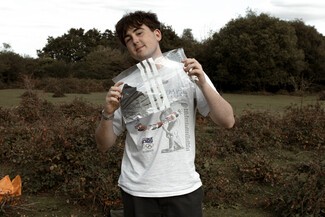
After some local outreach events and in collaboration with film production charity Rural Media and the Travellers’ Times, Romani Community Archaeology - funded by the National Lottery Heritage Fund - worked on the dig with people from the local community and descendants of the compound residents from further afield.
“We uncovered the foundations of a road and two buildings, as well as a number of traditional Romany artefacts,” said John Henry Phillips.
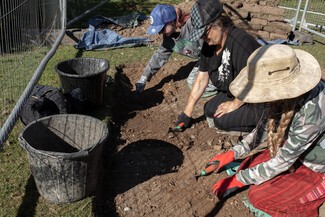
“These included a Farrier's hoof clipper, the stone sharpening wheel from a knife sharpening cart, and original Imari ware pottery imported from Japan between 1890 and 1910. This style was later adopted by Royal Crown Derby as 'Imari Pattern’ and remains popular with Romany families today.”
The excavation will soon be covered in a short film and will also appear on BBC Two's Digging For Britain, as well as a museum exhibition at the New Forest Heritage Centre, Lyndhurst, which opens in January 2025.
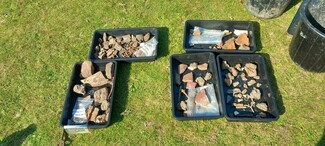
Romani Community Archaeology is now looking to excavate other historic Romany sites in Britain and would love to hear any ideas that people have for locations.
As well as highlighting Romany heritage and culture, the main aim is to train Romany people in the skills of archaeology, so John Henry Phillips is always keen to hear from people wanting to take part in the excavations – contact Romani Community Archaeology on romanyarchaeology@gmail.com
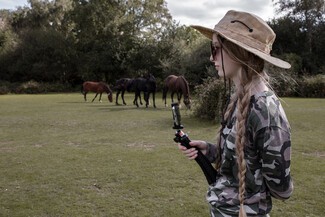
TT News
Photographs by Eszter Halasi for the Travellers Times
(LEAD PHOTO: Romani Community Archaeology’s Stuart Eve (centre) and two community volunteers at work)
This article first appeared in the Autumn/Winter 2024 issue of the Travellers Times Magazine - a PDF version of which can be read here: TT_75_AutumnWinter_24_web.pdf